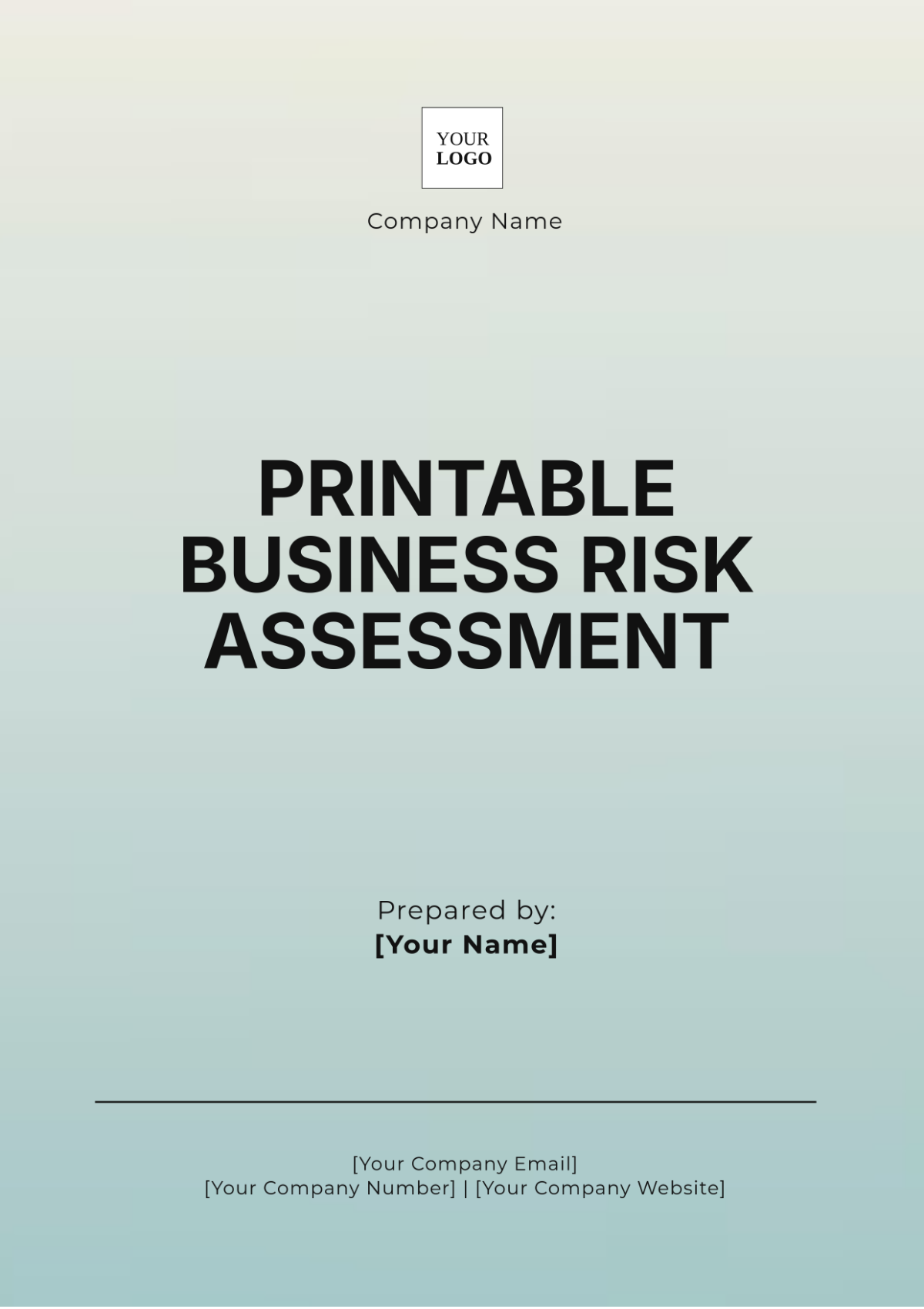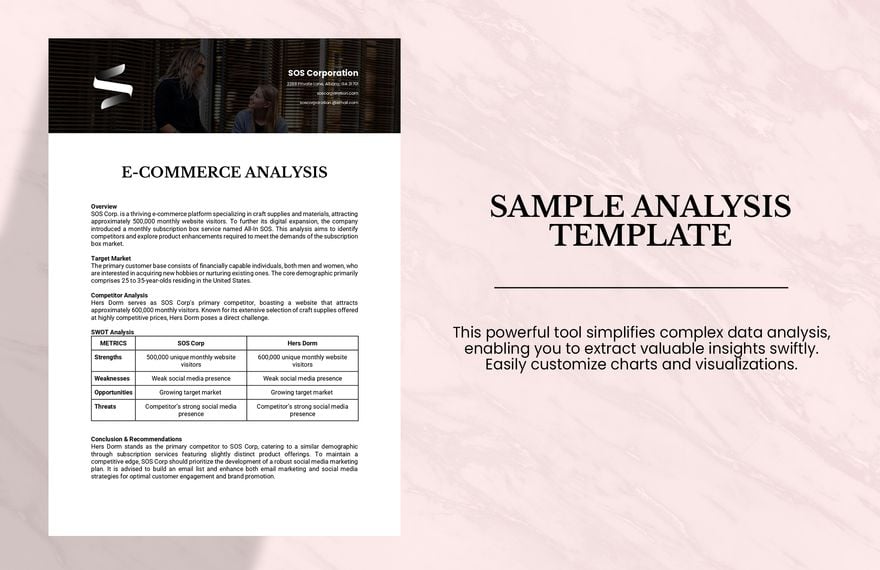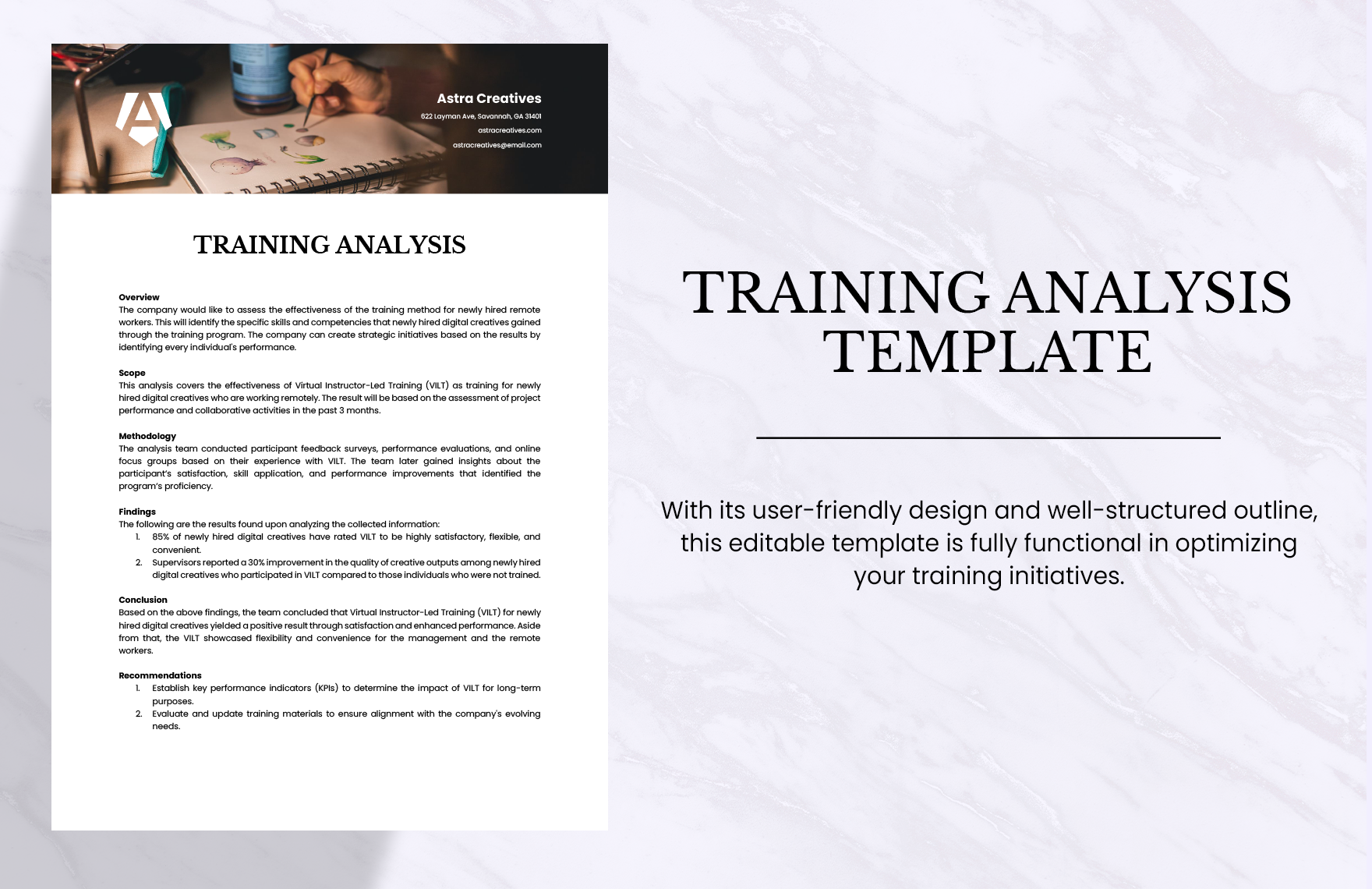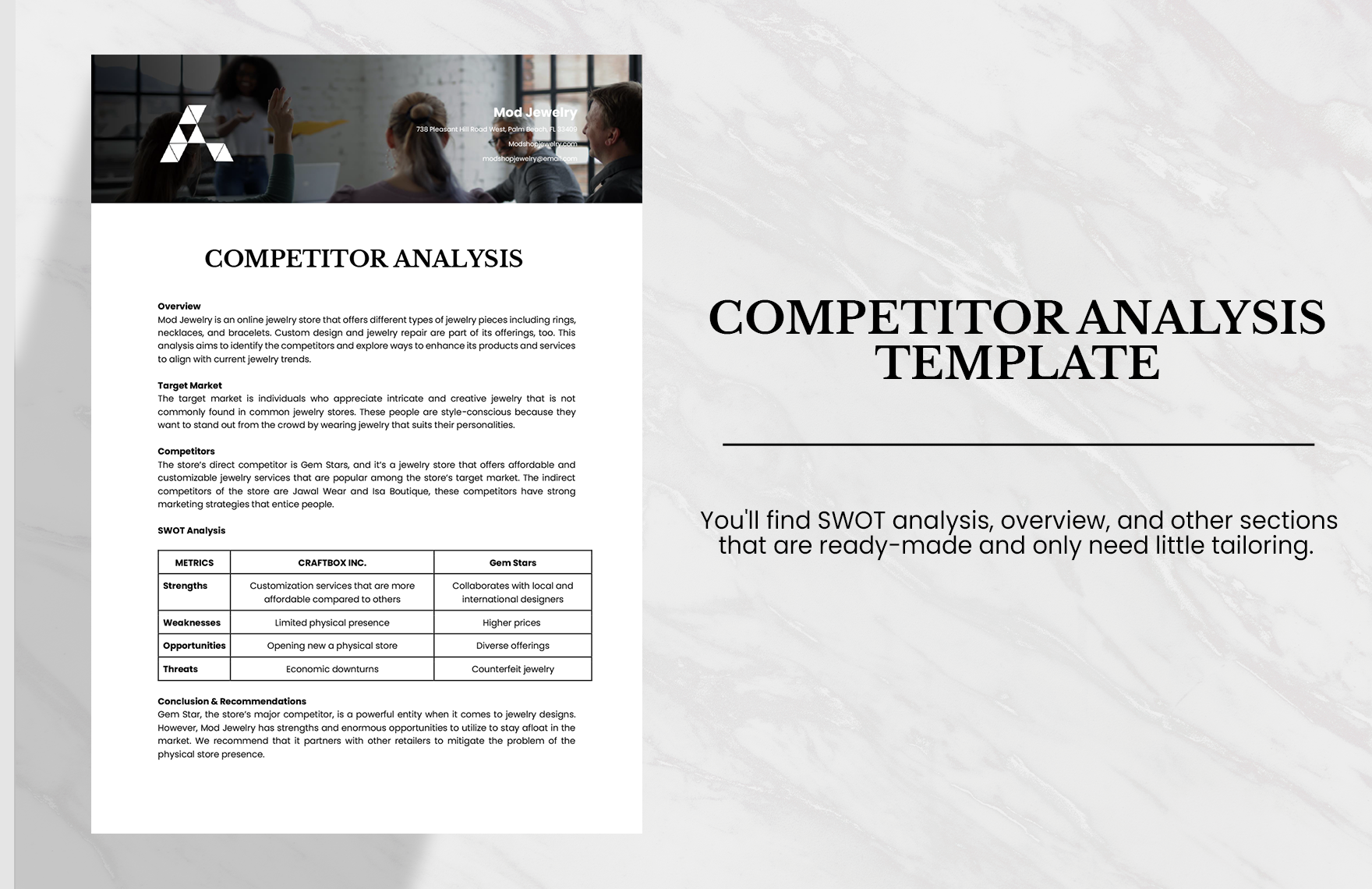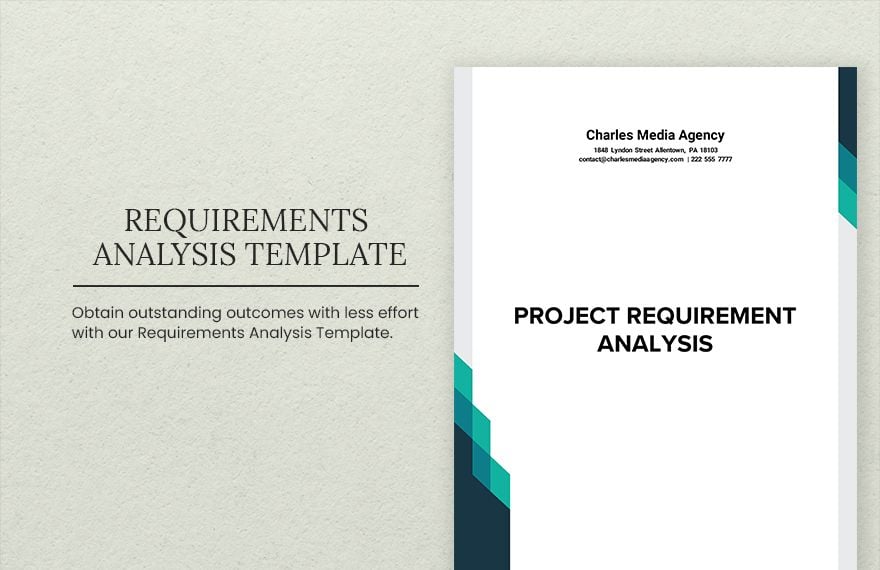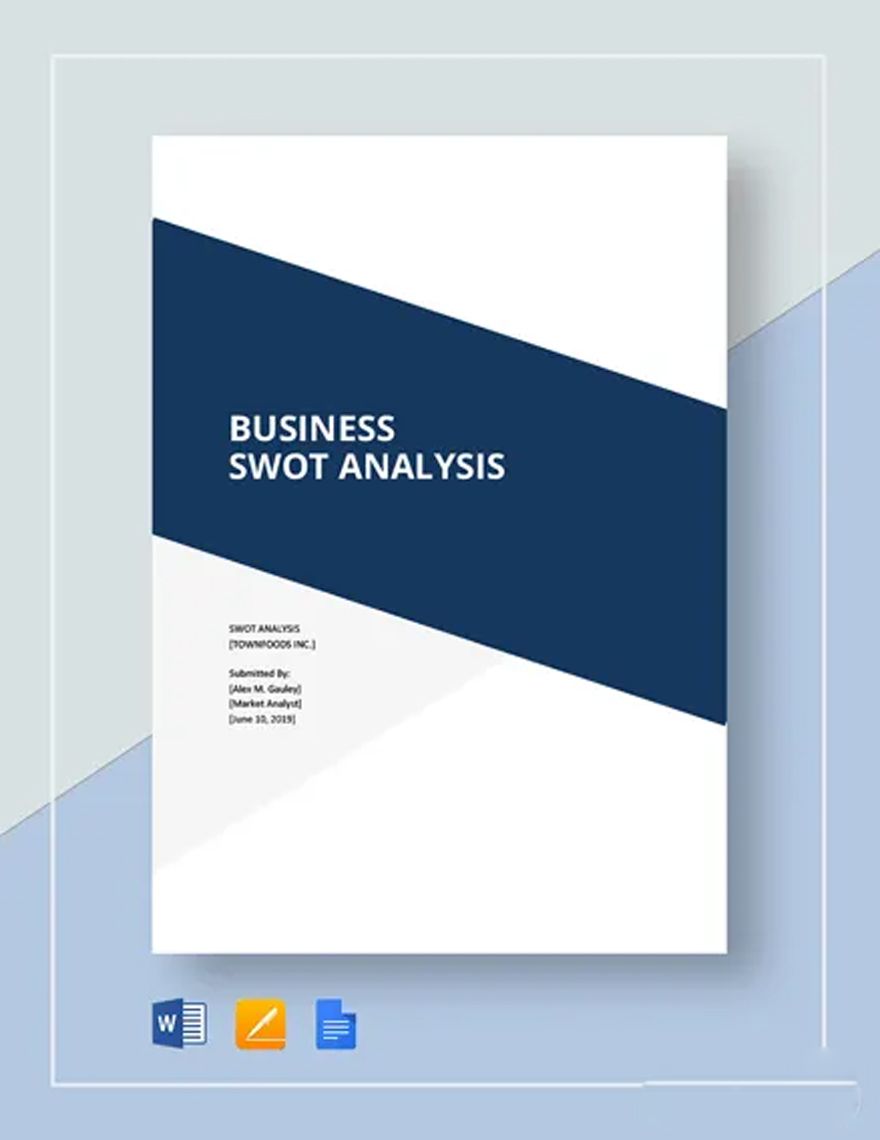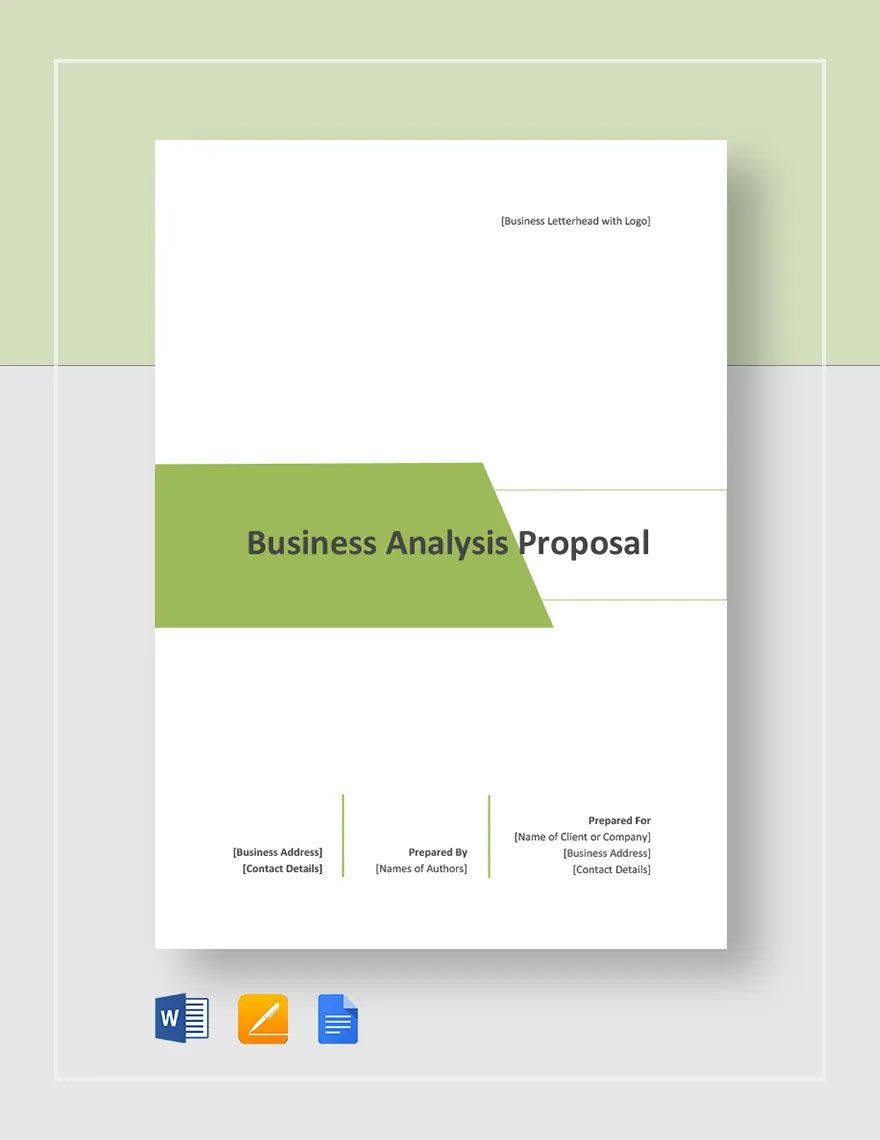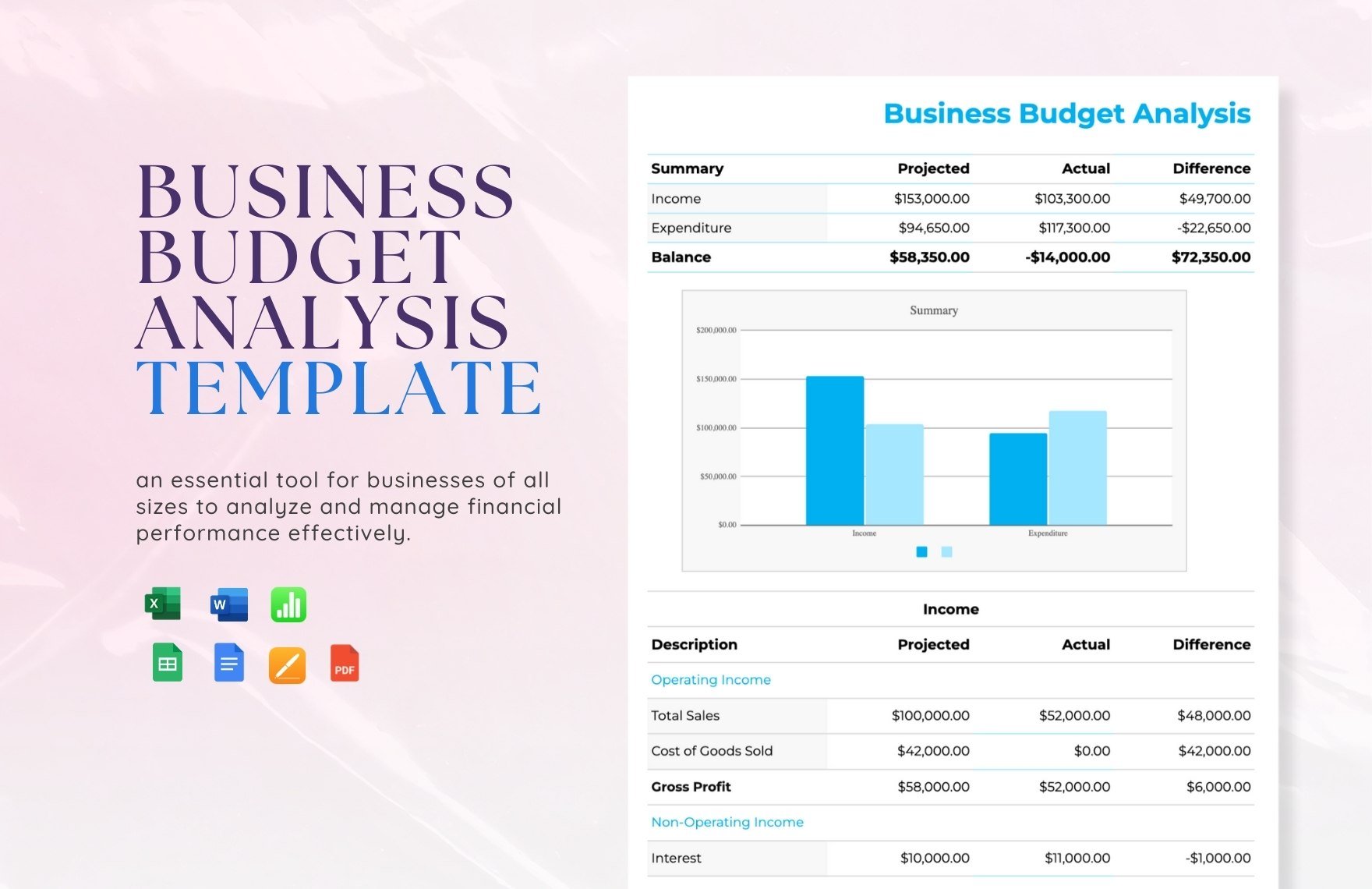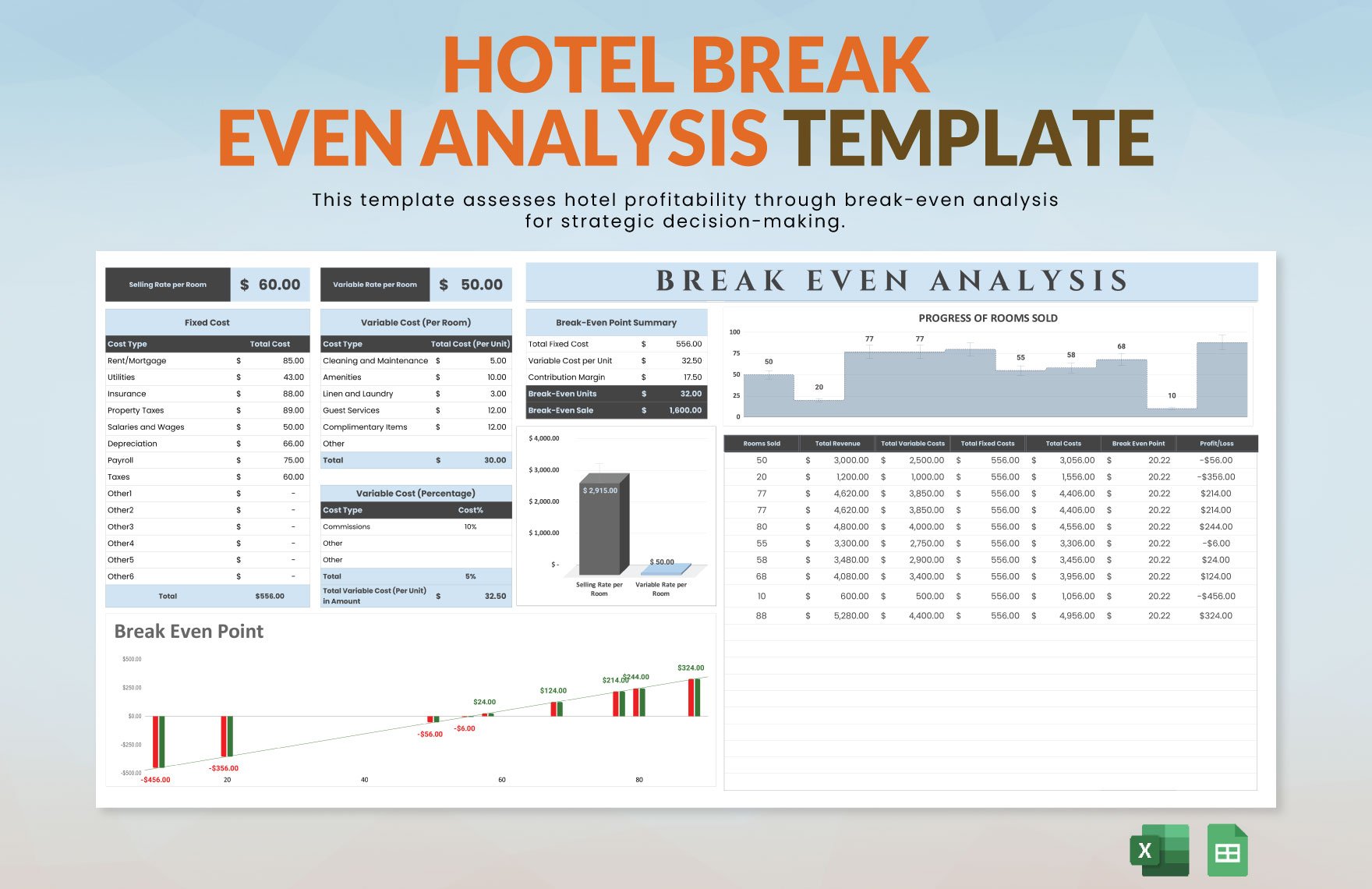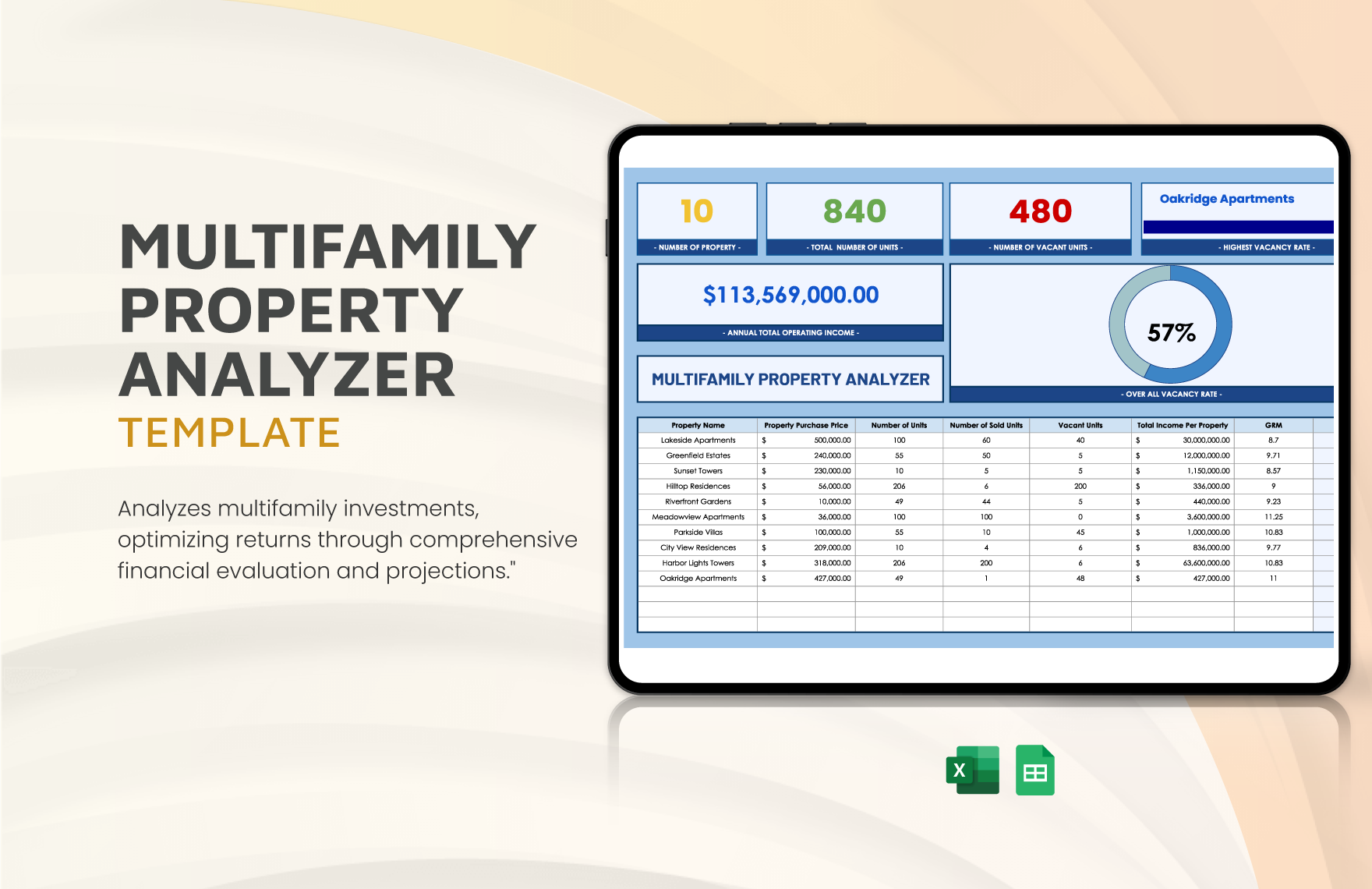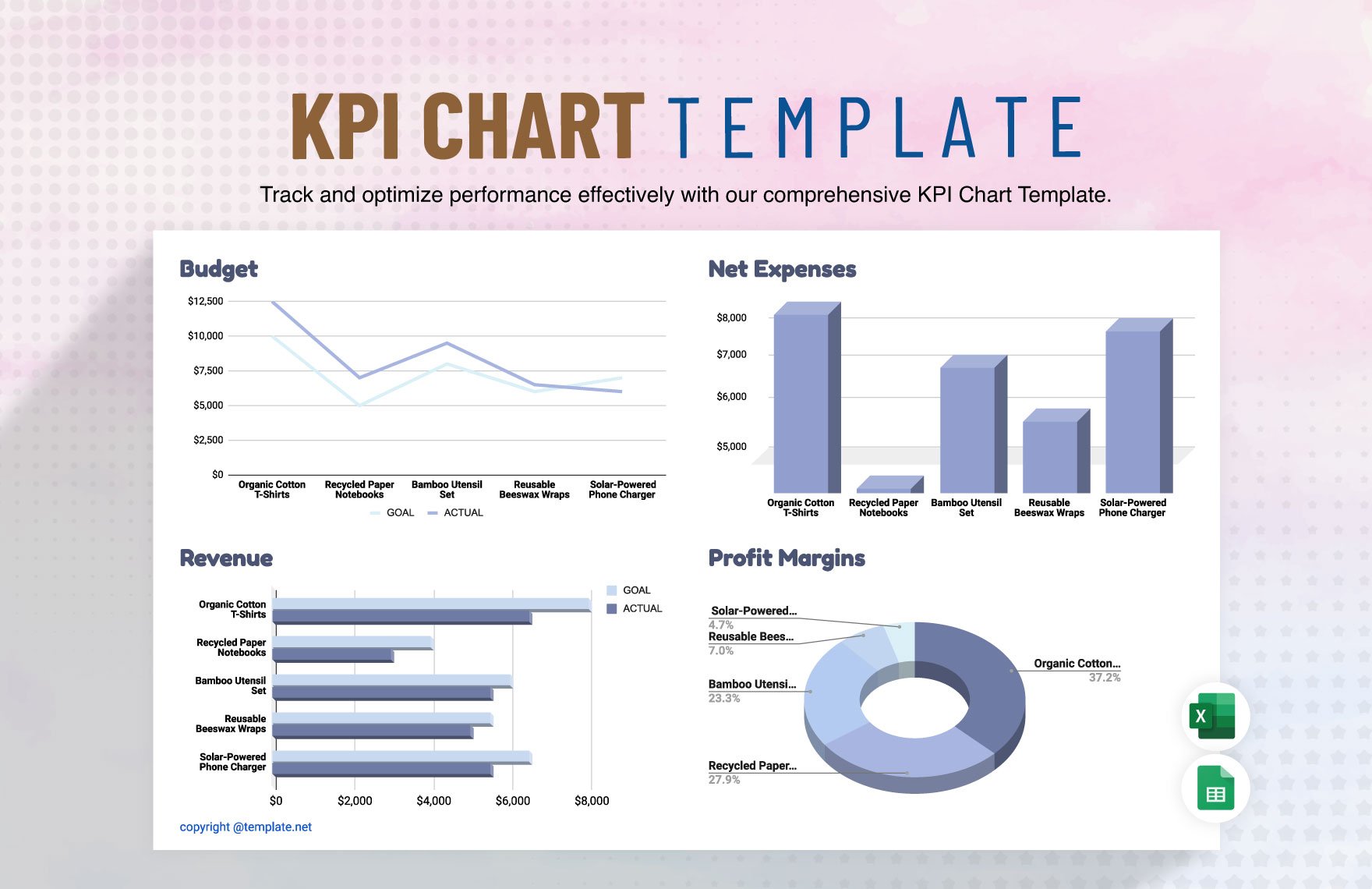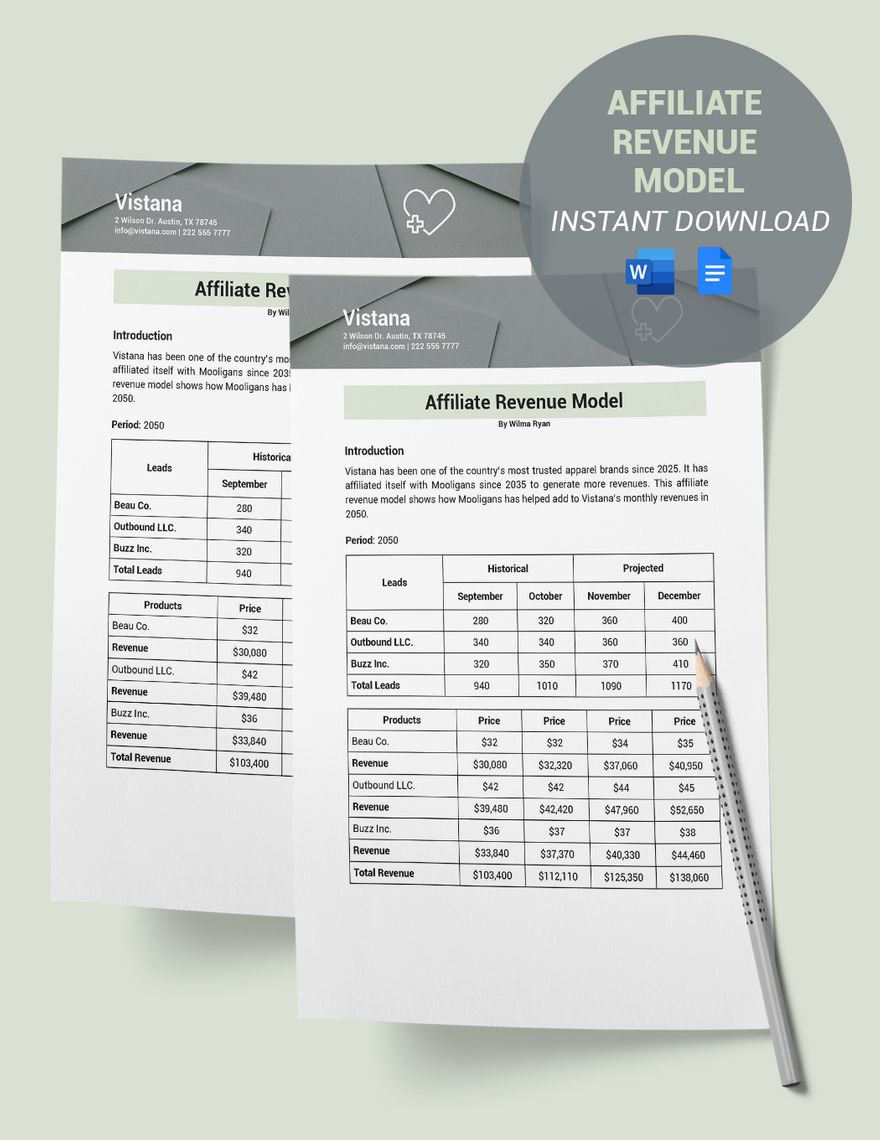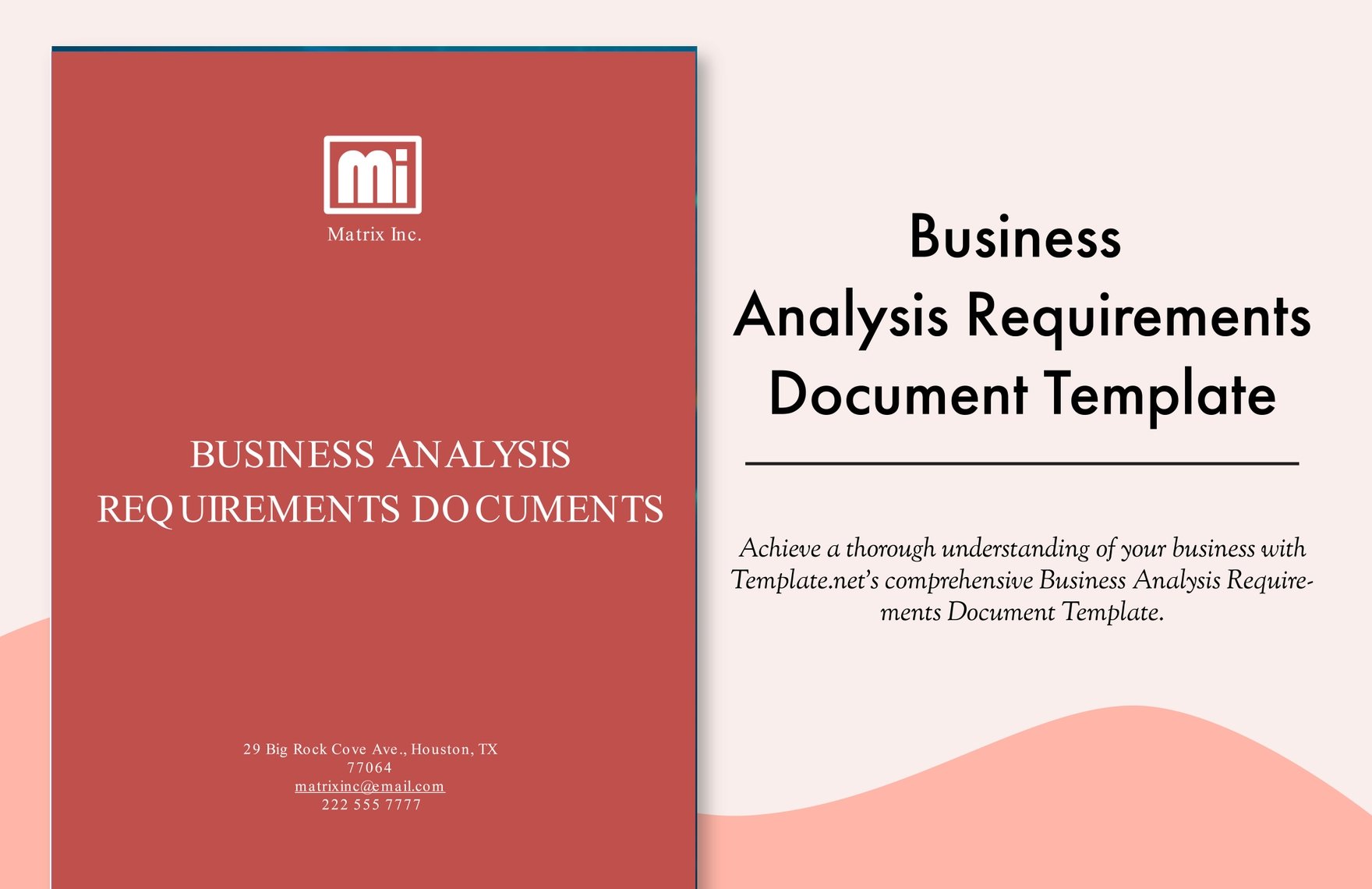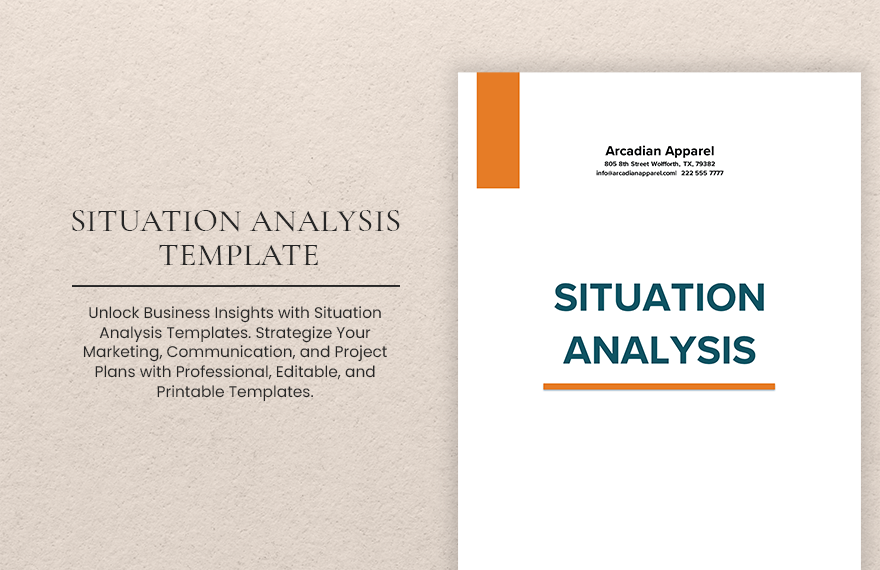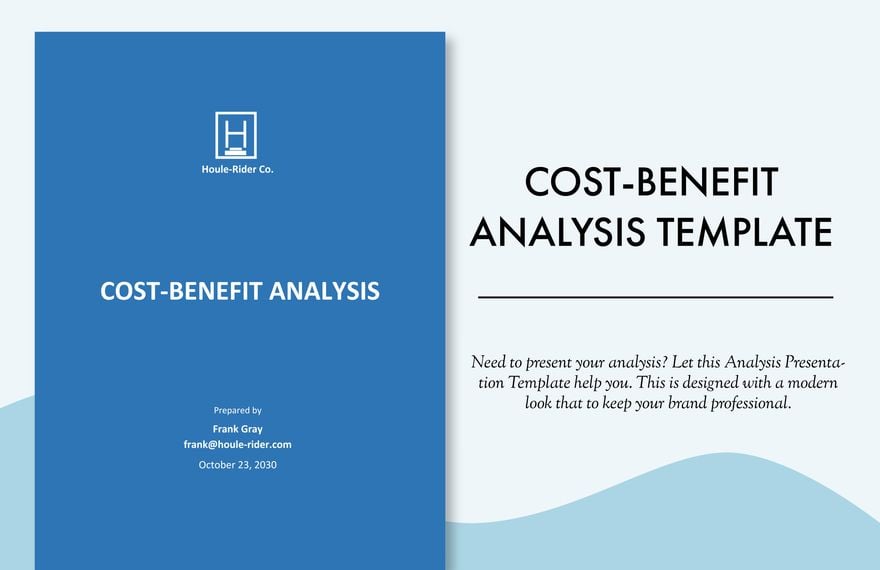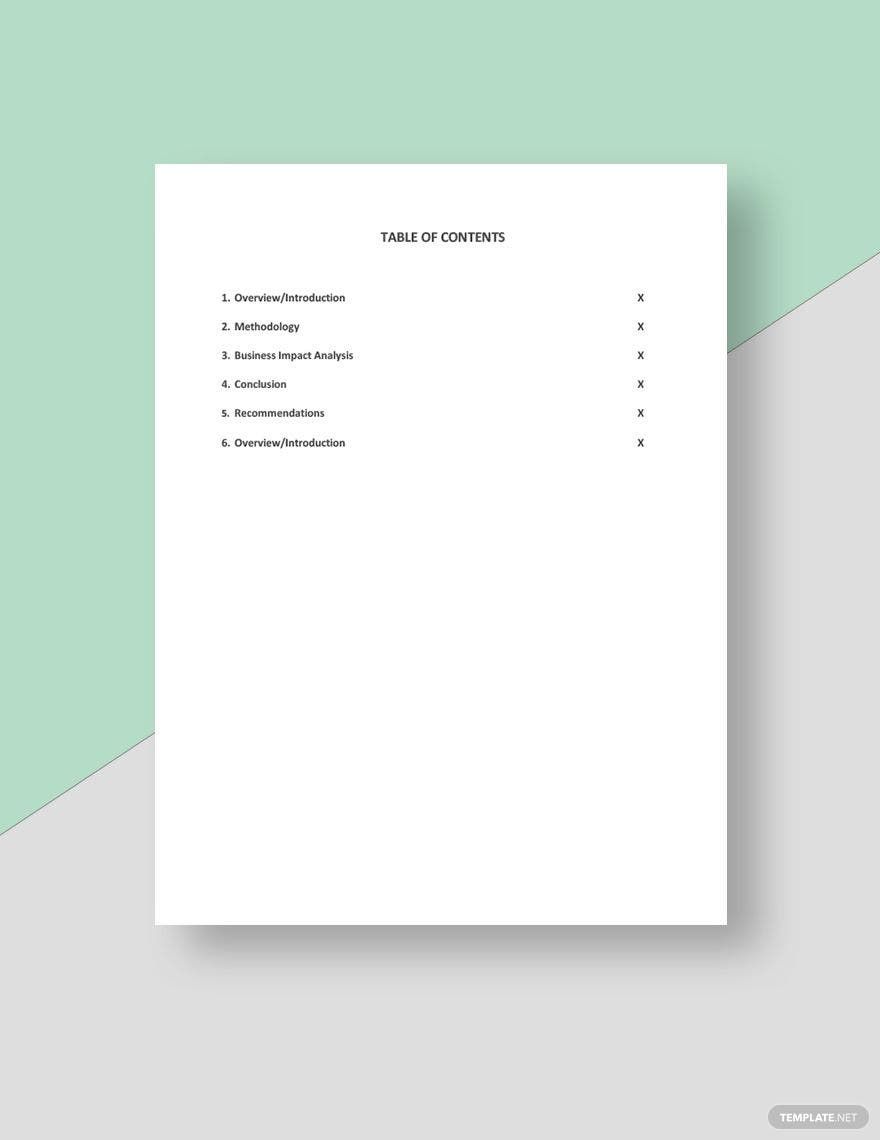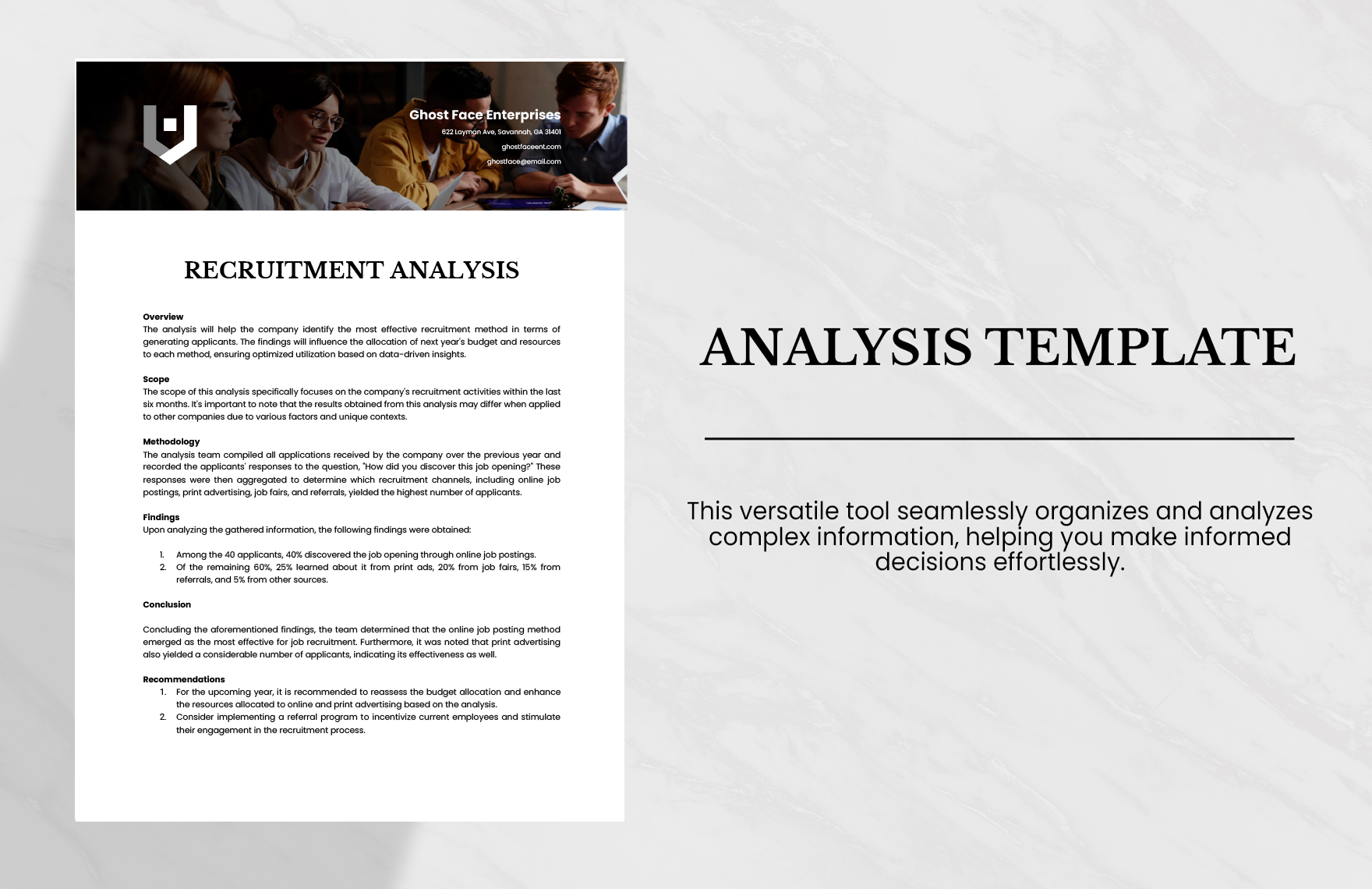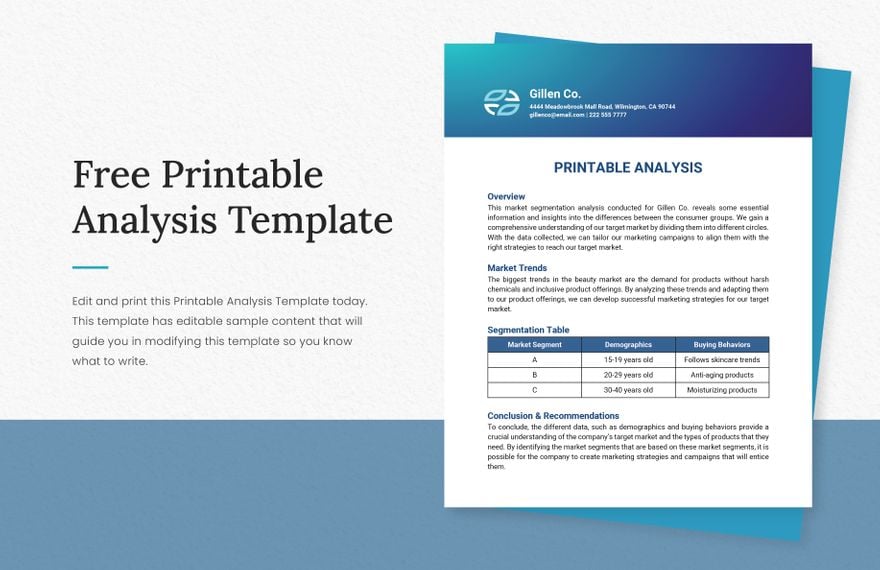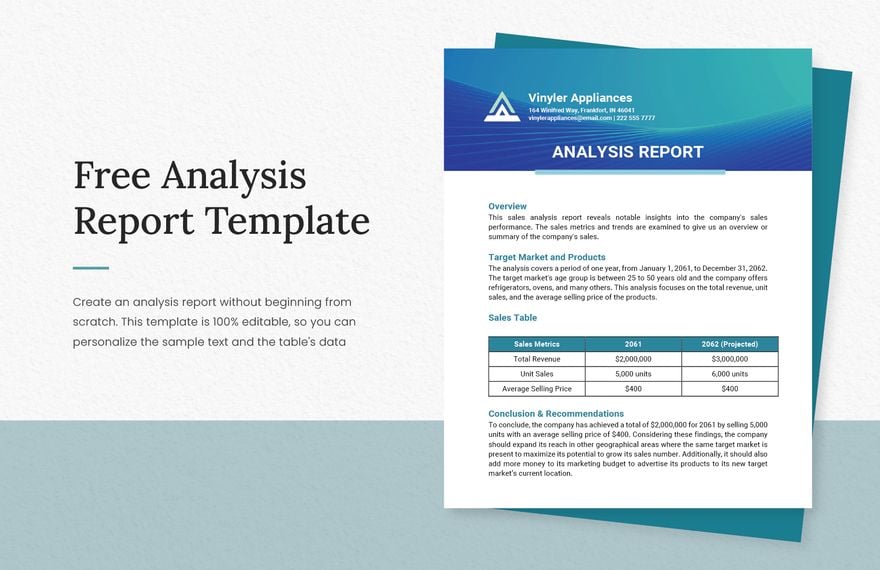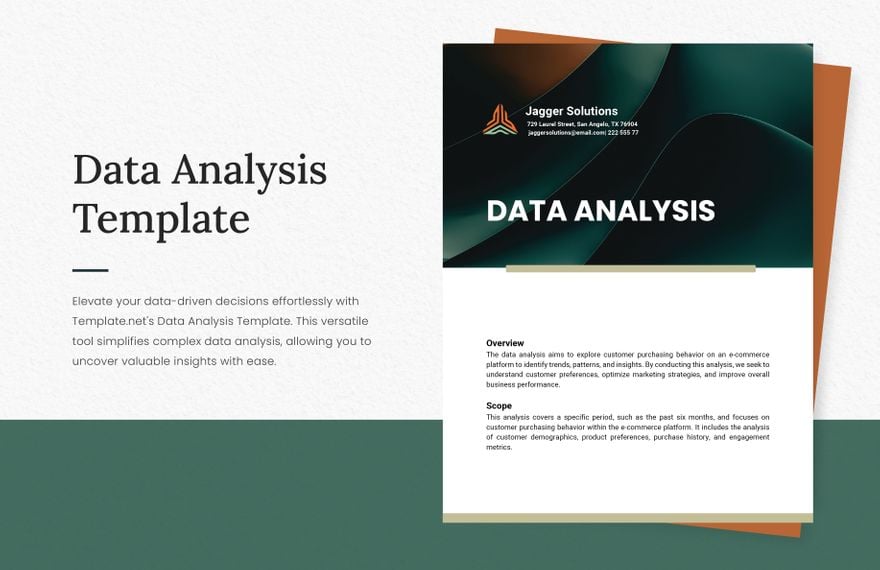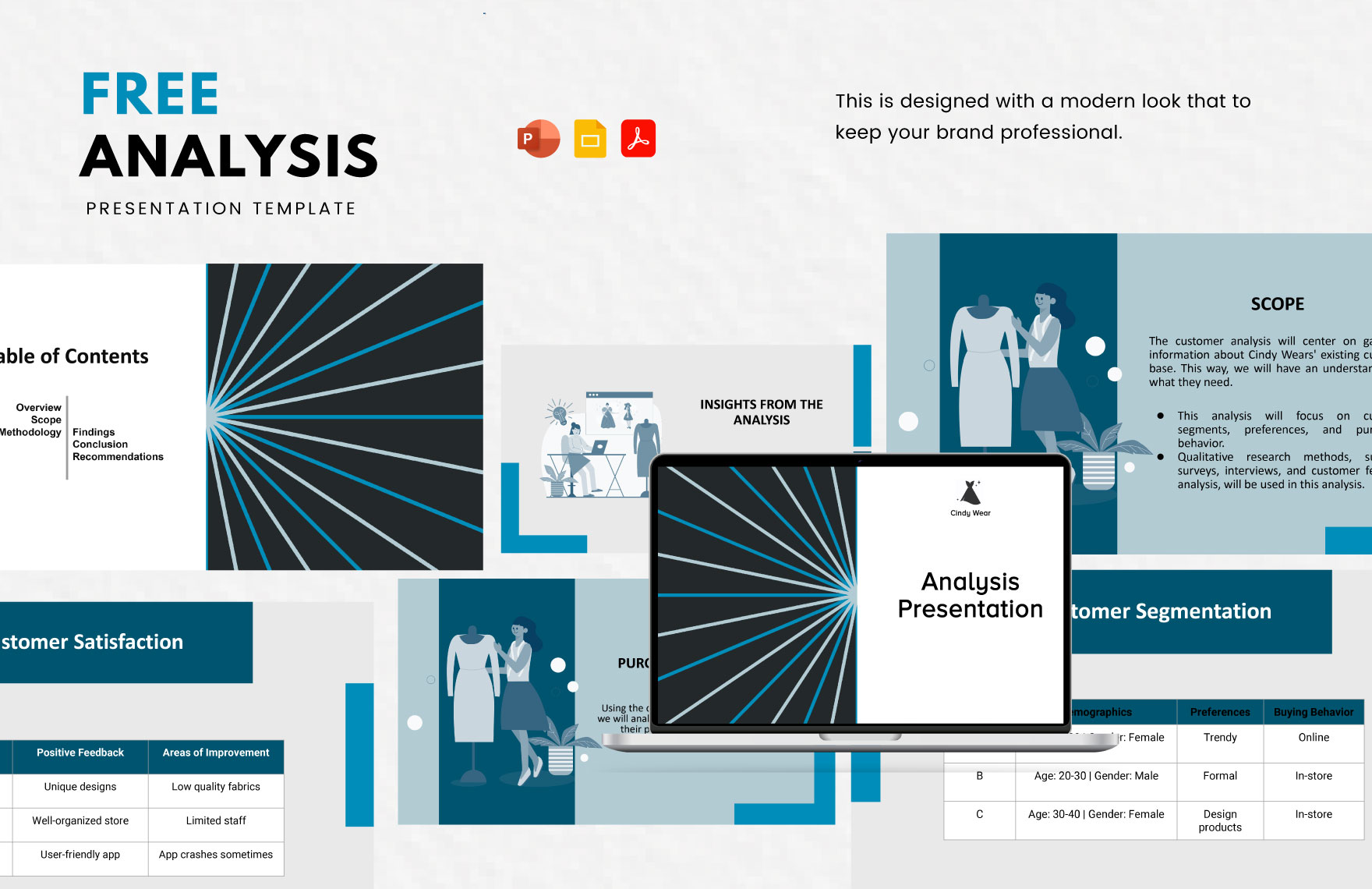Are you worried about your business's performance? Worry no more for we have the perfect instrument that you can use to help you analyze your business needs and progress quickly. We proudly present our certified 100% customizable Business Analysis Templates that contain professionally written content to help you to assess the different business sales data, training requirements, agile methods, business analysis framework, and other needs. It is generally easy to personalize according to your specific needs. Do not waste any more time staring at your screen and press that red download button. Subscribe one now!
How to Make a Business Analysis?
As stated from a trusted article, business analysis is the process of recognizing the different business needs, business plans, and solutions to various business problems. It is a set of tasks and strategies that worked together with the stockholders. The business analysis would help businessmen in conducting the initial risk analysis, preparing the business cases, scoping new business approaches, analysis techniques, identifying new business opportunities, administering studies, and creating the business frameworks, models, and diagrams. If you want to learn more about your business's progress, then the best way is to obtain it by conducting a thorough business analysis. Here are the following steps for you to be guided in making a business analysis.
1. Knowing the Purpose of the Analysis
The first step is for you to consider the necessity of conducting business analysis. Aside from learning about the methodology of the business, you need to expand your purpose in making the business analysis. Are you trying to observe the following market trends? Are you trying to search for the areas of opportunities that you have not applied yet? These two questions are some of the important questions to ask in knowing the purpose of making the analysis. Knowing the purpose would also help you organize the business analysis process.
2. Identify Where You’ll Be Collecting All of Your Data
If you already know your main purpose of the analysis, it is time for you to identify how and where you will be collecting your data. Make sure to consider every possible source. Your data will also depend on what type of business analysis you are conducting. For instance, if you are aiming to make a budget analysis, then you must consider gathering all of the financial analysis statements involved in the business from the accounting department.
3. Allow Your Team to Help You Look Into Different Sources
It would take a lot of time if you are collecting the data all by yourself. If one person is not enough to gather all of the needed data analysis sheets, then you can divide your team with different designated tasks. Assign each individual a source that they should look into. Make sure to divide them fairly.
4. Analyze Each Data and Make Strategies
Once you are able to obtain the following data that you need, the next thing to do is to analyze each of the data that you have gathered. After analyzing each data, you will be able to determine the possible business strategies and actions that you need to take for the success of your business. If you are currently having some strategies, then you must assess whether or not they are having a good impact on your business. This will help you evaluate if these strategies need to be improved or to be discontinued. To complete the analysis, the following results must come up with a conclusion.
5. Finalize Business Analysis Plan Approach
After gathering all of the data and determining the different strategies, your last move is to establish a business analysis plan. In a business analysis plan, you will be able to provide different suggestions and action plans that need to be taken. You must provide accurate descriptions for each action and approach that you are going to list down and make sure that the plan must be approved by the other stockholders.











